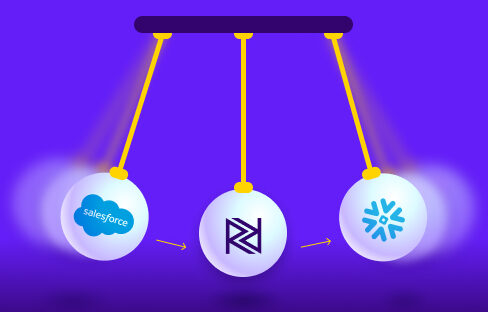We’re really excited about Rivery’s inclusion in Forrester’s Now Tech: Cloud Data Pipeline, Q4 2020 report!
The report by Noel Yuhanna is geared towards helping enterprise data architecture professionals to fully optimize the value of cloud data pipelines and to help them select the right vendor based on functionality, size, and vertical market focus.
While the cloud data pipeline industry is fairly new, looking at the list of key functionalities outlined in this report is a great “checklist” for any data team reviewing multiple cloud data pipeline software alternatives.
One of the main distinctions that the report makes between cloud data pipeline solutions is whether these are purchased as stand-alone services or bundled with other solutions or services.
Companies that require a high level of customization and have the in-house development resources to build a tailored data ecosystem to perfectly fits their needs, will gravitate towards a standalone solution.
However, some organizations that don’t have the in-house resources to assemble a sophisticated data jigsaw might be better off trading some of the customizability.
Bundled solutions that offer a turn-key, end-to-end service can also be a great option for companies that don’t have the data engineering skills or resources in house.
Speed, Efficiency, and Growth
Regardless of the solution chosen, what is clear is that the market for cloud data pipeline solutions is poised for growth.
The report states that, “Enterprise architects who use CDP solutions are more likely to support new business requirements quickly, deliver a scalable platform to meet growth, and lower administration costs.”
Not many platforms within your data stack are able to deliver this type of immediate ROI, making this type of solution a must for companies that are increasingly data rich and insight poor.
Businesses are gearing towards real-time analytics that are fully integrated across all business data points. Failing to access this means either having flawed data, or not being able to rely on a central source of truth.
As a result of this, the platforms that facilitate the delivery and orchestration of data and business analytics are evolving.
Cloud data pipeline solutions like Rivery are focused on delivering highly automated, self-service, scalable, and optimized workflows to accelerate analytics.
Without these workflows, it’s virtually impossible to leverage today’s breadth and depth of data available to businesses.
3 Tips to Select the Right Cloud Data Pipeline Provider
1. Make a shortlist
Create a list of requirements that are mandatory for the vendors you shortlist. It might be about having access to a list of pre-built connectors or making sure they integrate with your data warehouse and/or data visualization software.
Clearly define your essential requirements from the get go.
2. Think about the future
Data needs will change over time. Any organization’s ecosystem will evolve and so will the tools and features needed to run and orchestrate the data within it.
While a specific tool might be perfect for today’s need, will it be suitable for your needs in 5 years time? Make sure you review your business (and data) roadmap, so you can choose future-proof solutions now.
3. Involve the right people
We have spoken before about the importance of managing transitions and change internally. Ultimately, this can be a deciding factor for the success or failure of bringing a new data tool or process to an organization.
Because of this, involving all the right stakeholders as early as possible will be key. We hope these tips will help you find the right cloud data pipeline for your organization.
Choosing the right data pipeline is no small feat and the ramifications of this decision will impact your organization’s data processes for years to come.
So, ensure you align both the right people and the right technology in order to create a data ecosystem that will serve your teams with the speed and agility they need to thrive.
Minimize the firefighting. Maximize ROI on pipelines.






